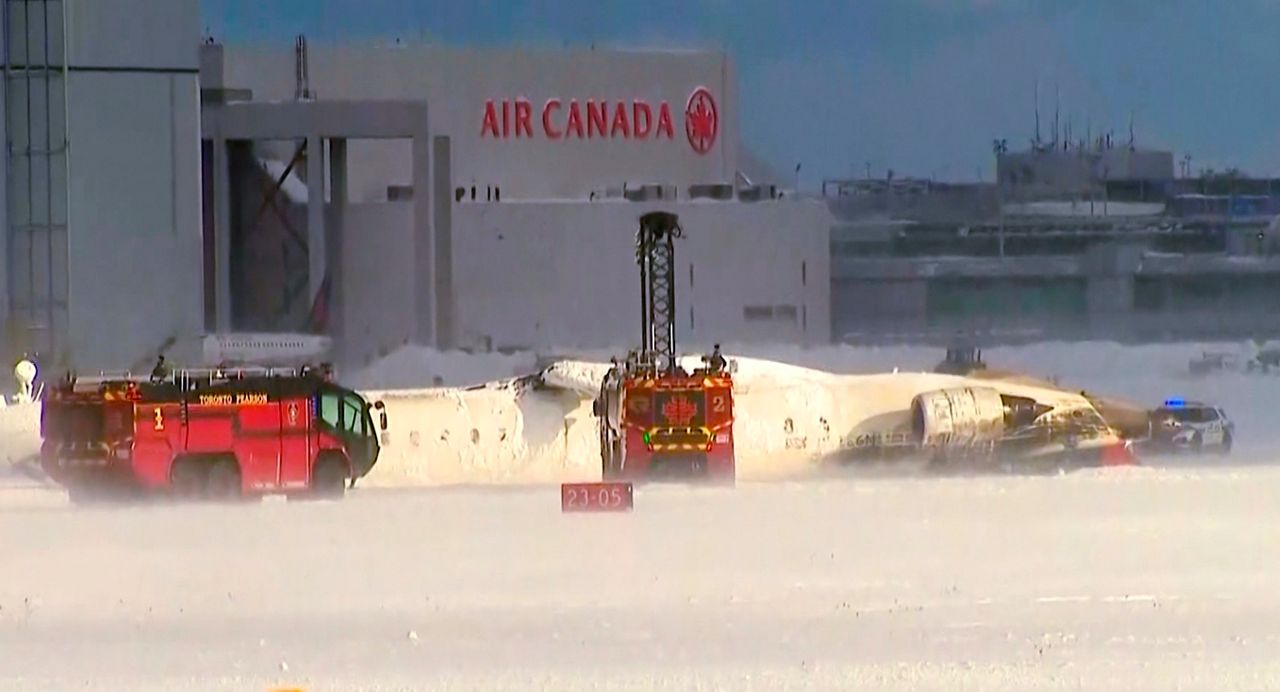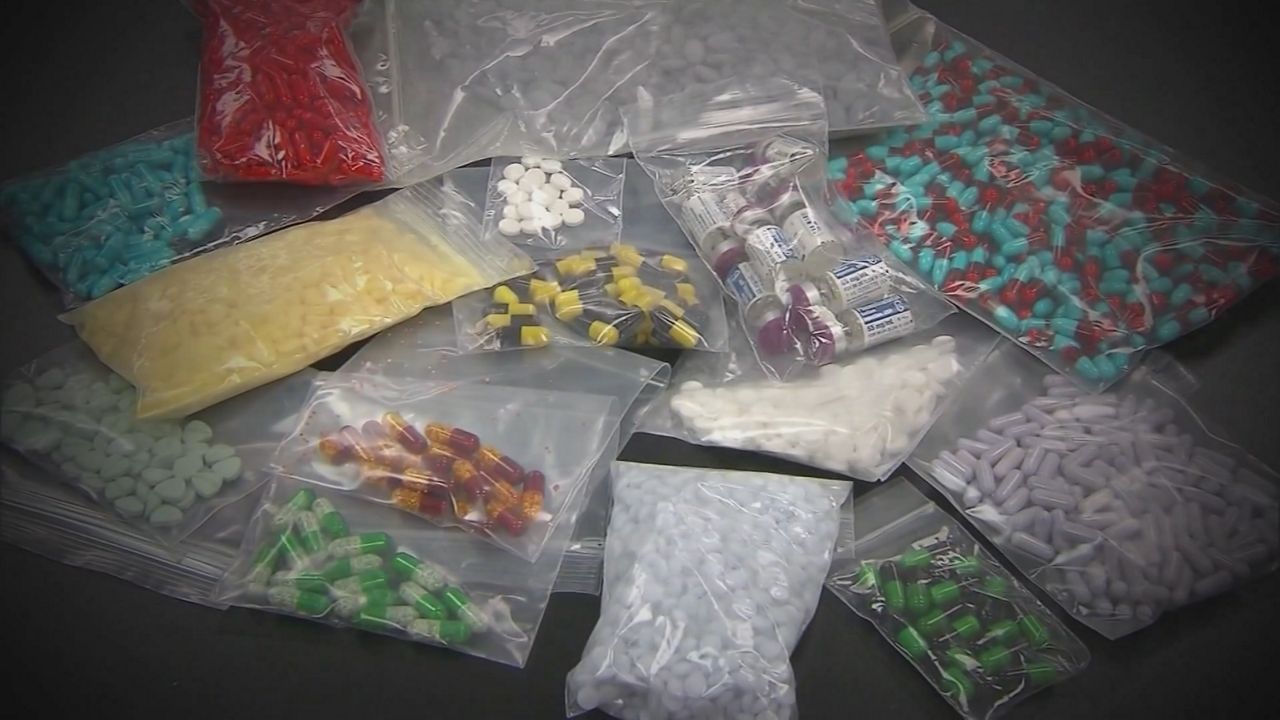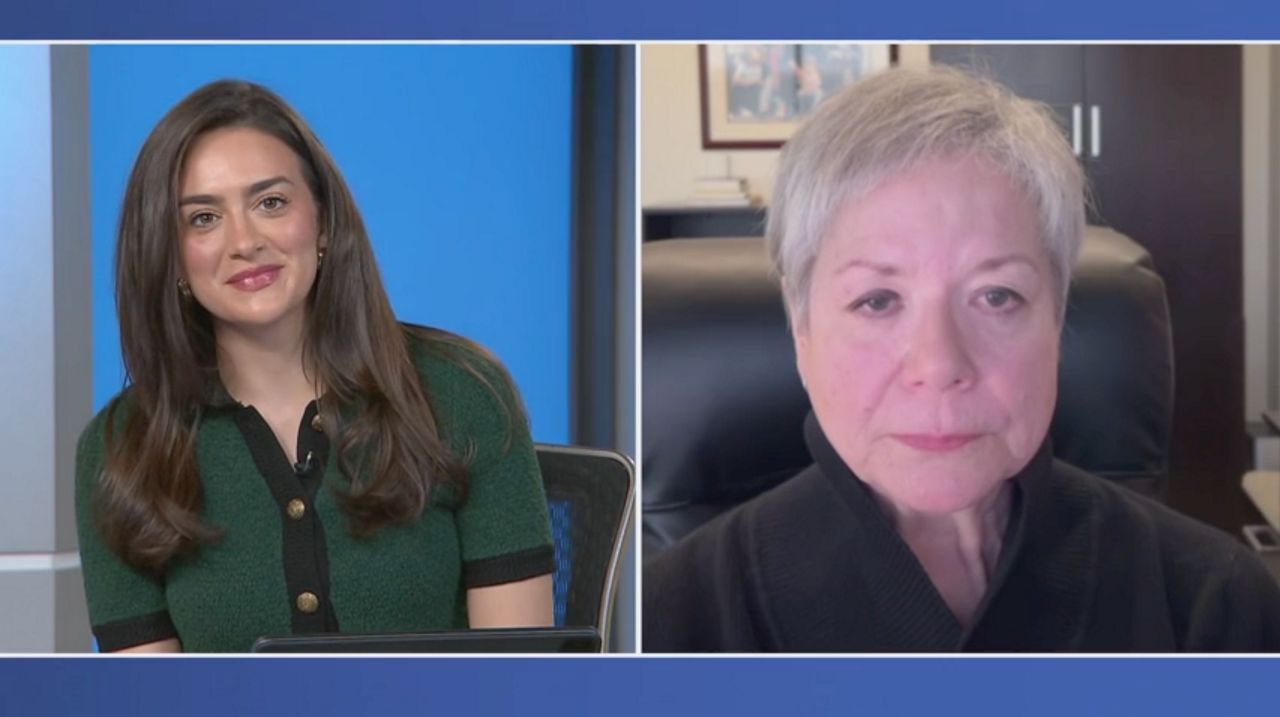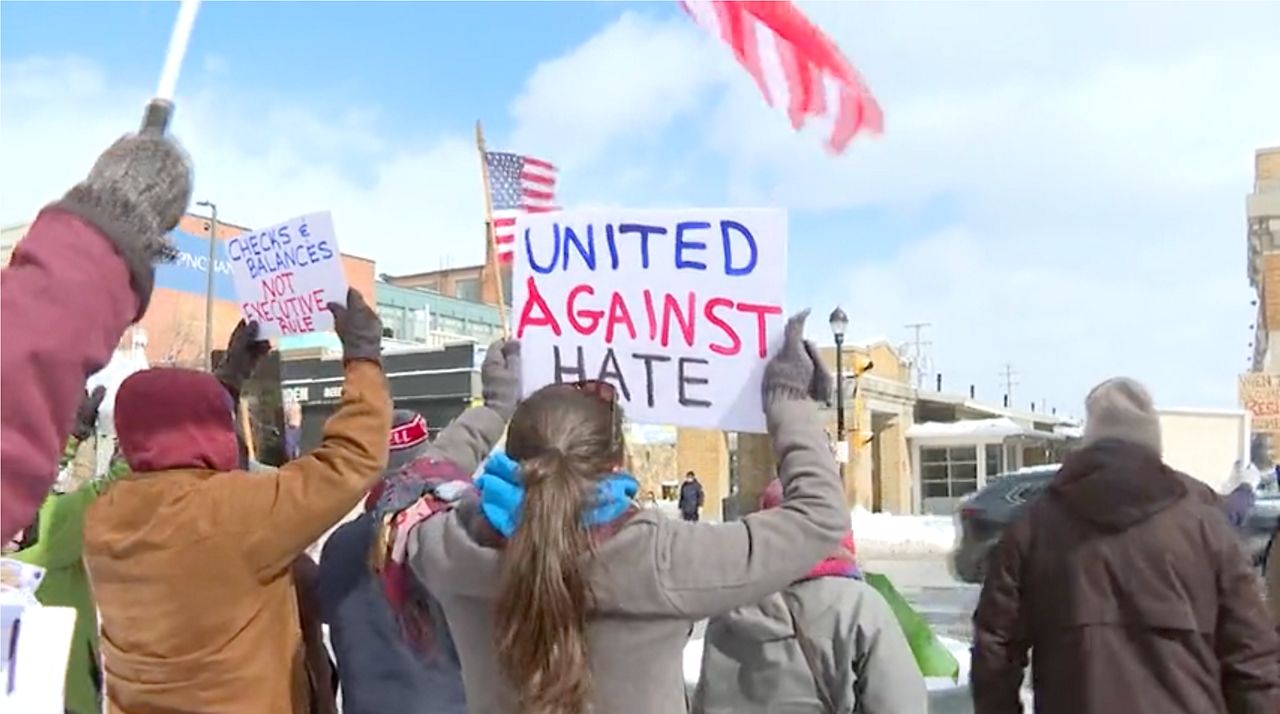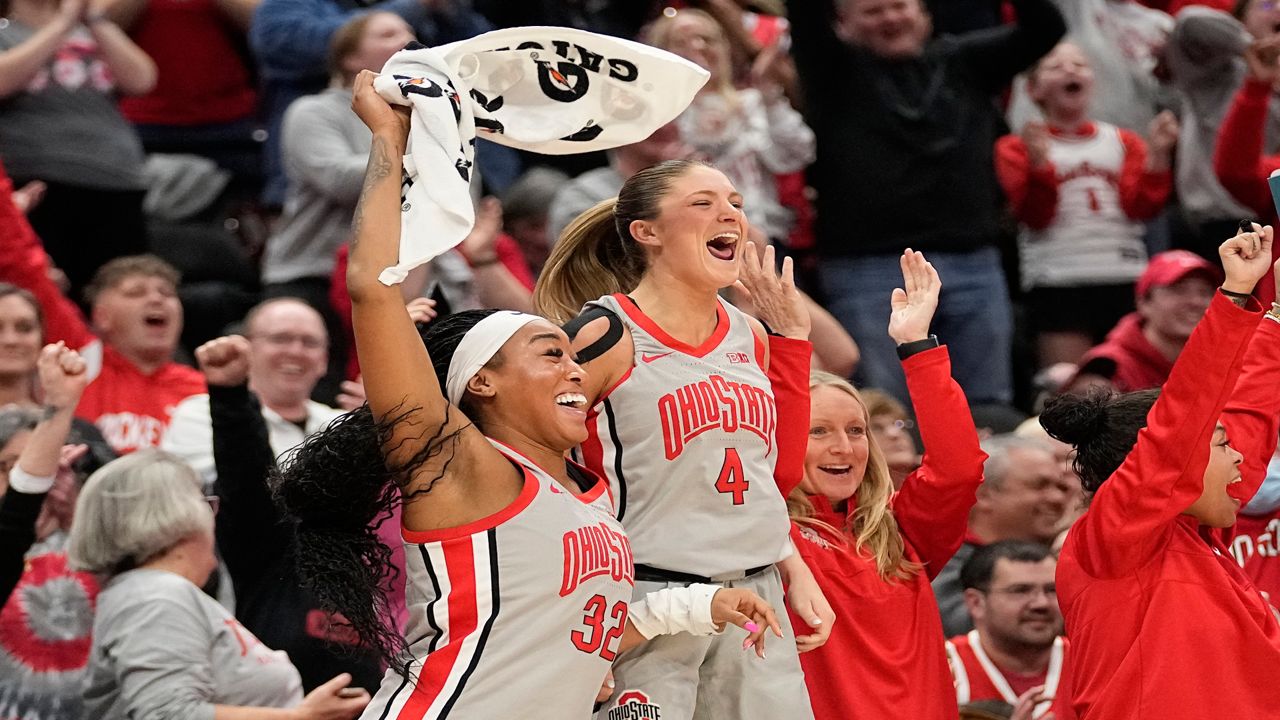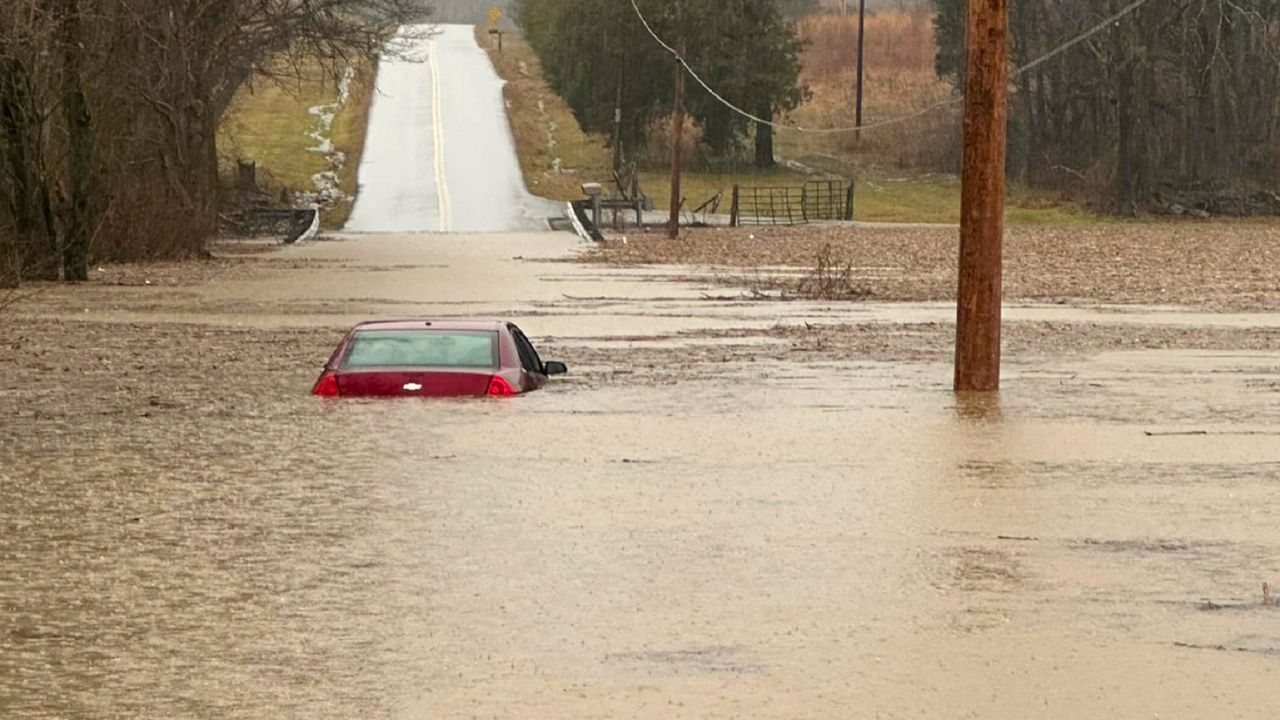CINCINNATI — These days, it’s easy to take communication technology for granted.
We open our phones and there’s the daily news. We get in our car and we’re connected to any type of programming imaginable, and our devices can bring us just about any livestream from across the world at a moment’s notice.
However, it wasn’t all that long ago that communication was a lot different.
After a six-month closure for renovations, the National Voice of America Museum of Broadcasting is back open.
“We kind of call it the ‘Cincinnati Wing’ and it’s kind of a history of broadcasting in Cincinnati going all the way back to Powel Crosley,” said the museum’s Executive Director Jack Dominic as he gave a tour.
Powel Crosley was a radio pioneer, inventor and owner of the Reds.
“Powel Crowley built Bethany Station, which is where we are right now,” said Dominic.
It looked a little different back then.
With the new upgrades, guests have more space, more to look at, and a much easier time even walking inside.
In the Cincinnati wing, you can see exhibits honoring broadcast legends like Larry Smith and Ruth Lyons.
Down the hall brings you to a new hands-on exhibit focused on sound effects, then you can dive deep into the heart of the museum…The Voice of America.
“It began during the Second World War when President Roosevelt wanted to make sure that people around the world really understood the United States,” said Dominic.
Roosevelt commissioned Powel Crosley to build the facility.
“They were broadcasting programs back then from almost fifty different languages to people all over the world,” he said.
The VOA was envisioned to combat the widespread use of media by Nazi Germany in WWII.
The original footprint of the facility was massive.
“From Cincinnati Ohio we would broadcast to either individuals radios in Poland, in Russia, in North Africa, in Argentina,” Dominic said.
It’s an impressive list and even more impressive pieces of history await down the hall.
You might even bump into the museum’s curator Lee Hite.
Like most pieces he’s helped put together, he also has a special story when it comes to the museum.
“It’s living the dream. I grew up as a Ham radio operator, been around electronics all my life and I never ever thought I’d be involved with this museum. I called on them as customer, they used some of our equipment to keep their transmitters on the air. I came in out of Chicago and then I’d go back home. I never thought I’d live in Cincinnati, I never thought I’d be hooked up with this museum. It’s awesome,” Hite said.
Around the corner you can marvel at the size of old transmitters and down the hall, new exhibits shine with Crosley inventions like the Shelvador and IcyBall, radios, the Crosley HotShot and countless other pieces of history.
For Dominic, the new welcoming feel is something he’s excited to share, and he hopes people can learn a thing or two.
“I think people coming to a place like this can get a feel for not only how this technology worked in the 30s, 40s, 50s, 60s, but how different it is today and maybe how some of the things that were prevalent in the 40s, 50s and 60s may be appropriate for today. That’s for people to decide after they visit the museum,” he said.
The museum is celebrating its reopening this Saturday and Sunday from 12 p.m. to 4 p.m.
General admission is $10, veterans and active duty $9, and children under 16 years old can visit for free.






